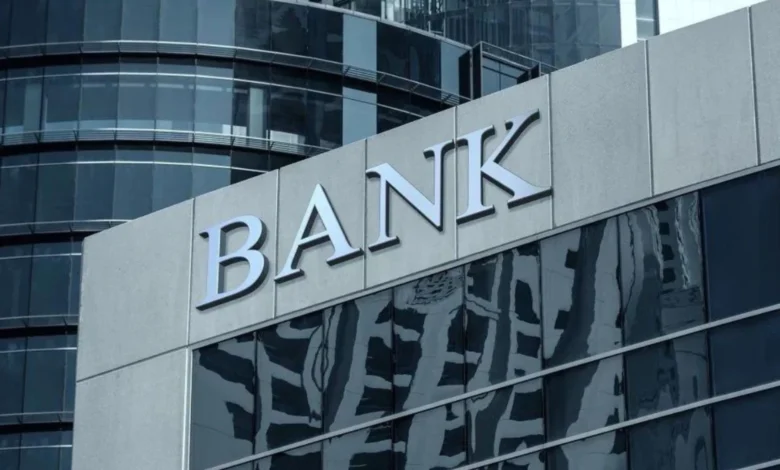Private Banks Lead in Deposit Growth, Outperform PSU Banks This Fiscal

| ➡️ Get instant news updates on Whatsapp. Click here to join our Whatsapp Group. |
Private banks have been more successful in attracting deposits than state-run banks so far this fiscal year, according to a report by IIFL Capital released on March 3. The report highlights that private banks are growing at a faster rate due to their expansion into semi-urban and rural areas and a decline in government-related business for public sector banks.
Private Banks Show Stronger Deposit Growth
Data from the December quarter (Q3FY25) shows that deposit growth for private banks ranged from 5% to 29%, while PSU banks saw a comparatively lower growth of 4% to 15%.
Among private banks, IDFC First Bank led the way with a 29% growth in deposits, followed by CSB Bank, DCB Bank, and Bandhan Bank, which registered a 20-22% increase. Other private lenders such as Kotak Mahindra Bank, Karur Vysya Bank, HDFC Bank, and RBL Bank also showed strong performance, with over 15% growth in deposits during the same period.
Meanwhile, public sector banks struggled to keep up. Punjab National Bank, Bank of India, Bank of Maharashtra, and Bank of Baroda reported just over 10% growth in deposits. This slower growth has resulted in PSU banks losing 10-70 basis points (bps) of deposit market share over the past year.
Market Share Shifts in Deposit and CASA Growth
The report also pointed out significant shifts in deposit market share among major banks:
- SBI and Axis Bank lost 20-75 bps of market share.
- HDFC Bank and ICICI Bank gained 5-25 bps market share.
For Current Account and Savings Account (CASA) deposits:
- SBI, Axis Bank, and Kotak Mahindra Bank lost 7-65 bps market share.
- ICICI Bank gained the most with a 49 bps increase, followed by HDFC Bank (7 bps) and Bank of Baroda (5 bps).
Liquidity Challenges and Rising Competition for Deposits
The report noted that a higher government balance with the RBI and increased Liberalised Remittance Scheme (LRS) outflows have led to a 5.5% liquidity leakage of Net Demand and Time Liabilities (NDTL). Despite the Reserve Bank of India’s (RBI) efforts to ease liquidity pressures, the banking system remains in a deficit, making competition for deposits even more intense.
Credit-to-Deposit Ratio: PSU Banks Hold an Advantage
Although private banks are growing faster in deposits, PSU banks had a better Credit-to-Deposit (CD) ratio in Q3FY25, ranging between 68-82%, compared to 73-97% for private banks.
Among private lenders, HDFC Bank, Axis Bank, IDFC First Bank, and Bandhan Bank had the highest CD ratios, exceeding 90%. Other private banks maintained CD ratios in the range of 82-89%.
Conclusion
The report indicates that private banks continue to gain an edge over PSU banks in deposit growth due to their aggressive expansion strategies and strong customer engagement. However, with liquidity remaining tight and competition increasing, both private and public sector banks will have to focus on balancing deposit growth with credit expansion to maintain financial stability.
